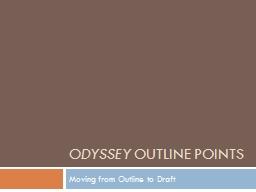PPT-“If She Only Knew Me” Unit outline
Author : briana-ranney | Published Date : 2017-05-25
Irina McGrath amp Jennifer Miescke Jefferson County Public Schools Louisville KY jennifermiesckeJeffersonkyschoolsus By Jeff Gray amp Heather Thomas Day 1 Objective
Presentation Embed Code
Download Presentation
Download Presentation The PPT/PDF document "“If She Only Knew Me” Unit outline" is the property of its rightful owner. Permission is granted to download and print the materials on this website for personal, non-commercial use only, and to display it on your personal computer provided you do not modify the materials and that you retain all copyright notices contained in the materials. By downloading content from our website, you accept the terms of this agreement.
“If She Only Knew Me” Unit outline: Transcript
Download Rules Of Document
"“If She Only Knew Me” Unit outline"The content belongs to its owner. You may download and print it for personal use, without modification, and keep all copyright notices. By downloading, you agree to these terms.
Related Documents

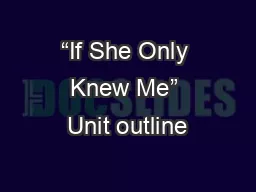
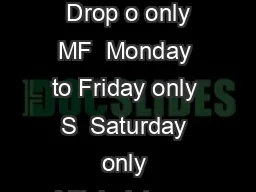

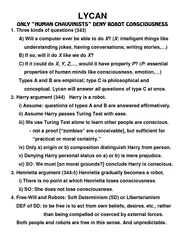
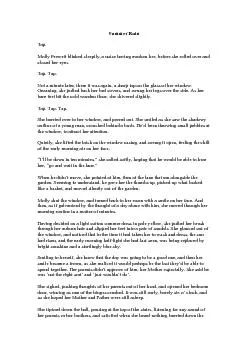
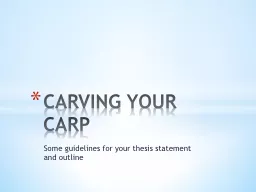

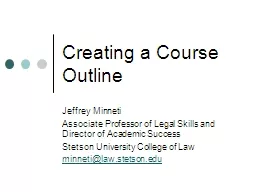
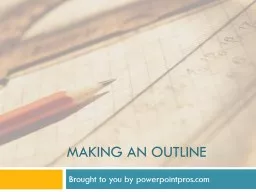
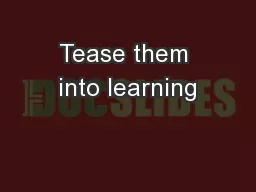
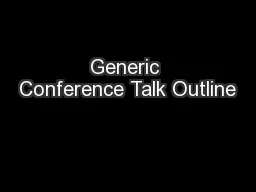
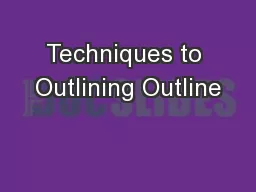
![[READ]-She Believed She Could So She Fucking Did: Undated 1-Year Monthly and Weekly Planner](https://thumbs.docslides.com/978508/read-she-believed-she-could-so-she-fucking-did-undated-1-year-monthly-and-weekly-planner-for-women-12-monthly-calendar-schedule-and-52-weekly-planner-floral-design-large-print-8-5-x-11-in.jpg)
